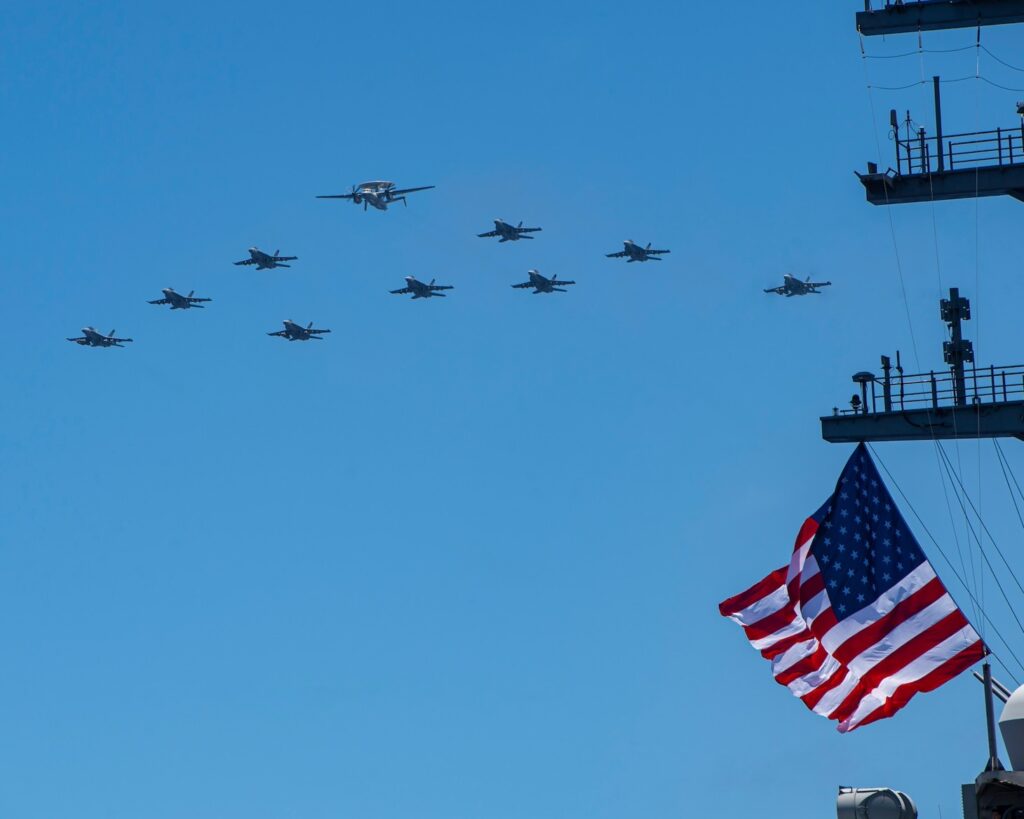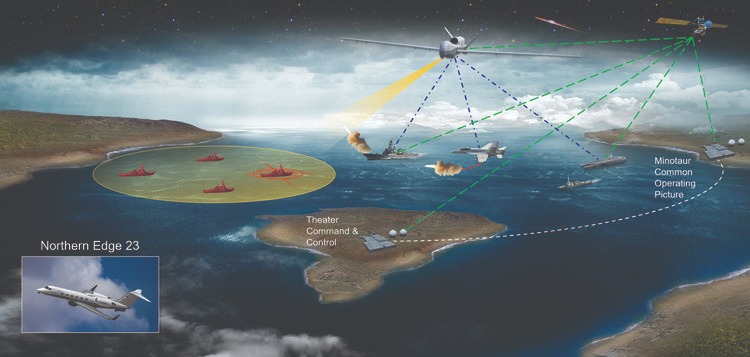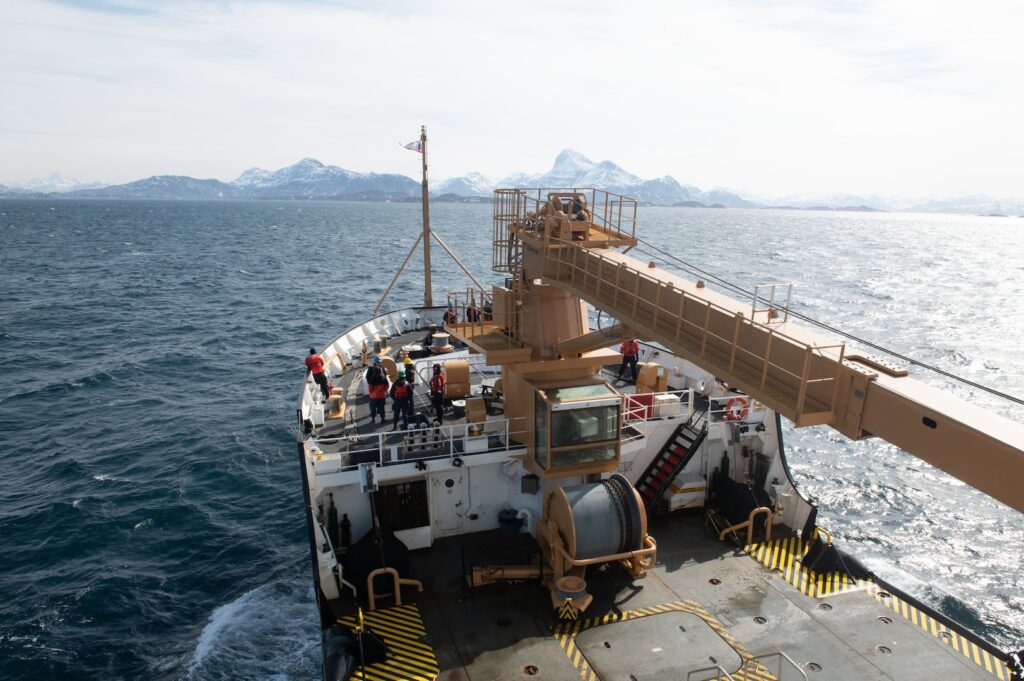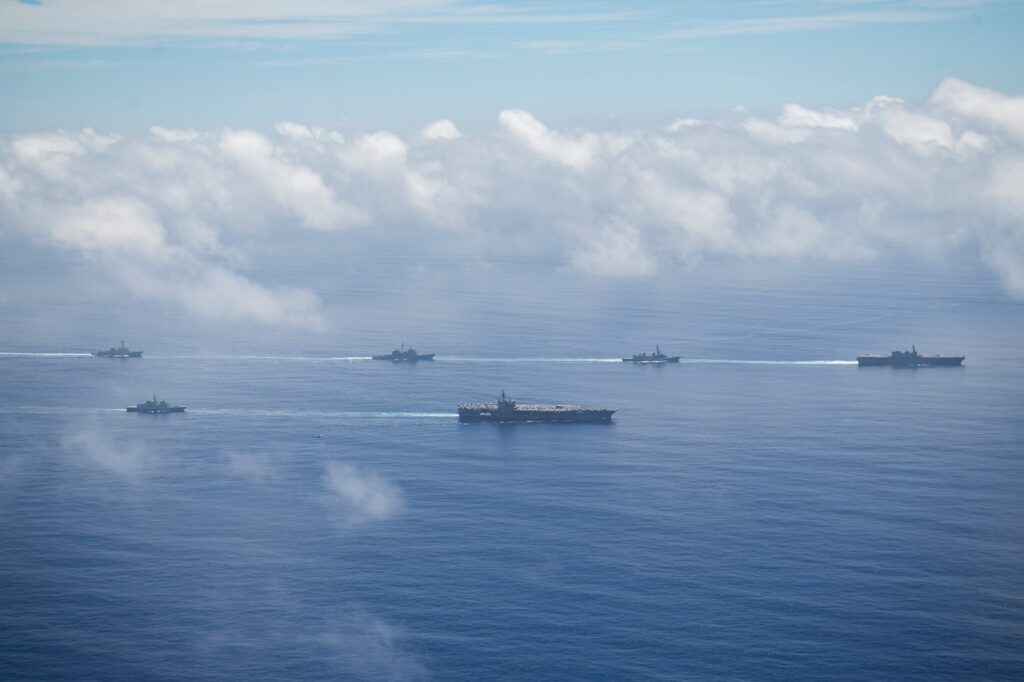BALTOPS 23 concludes in Kiel, Germany
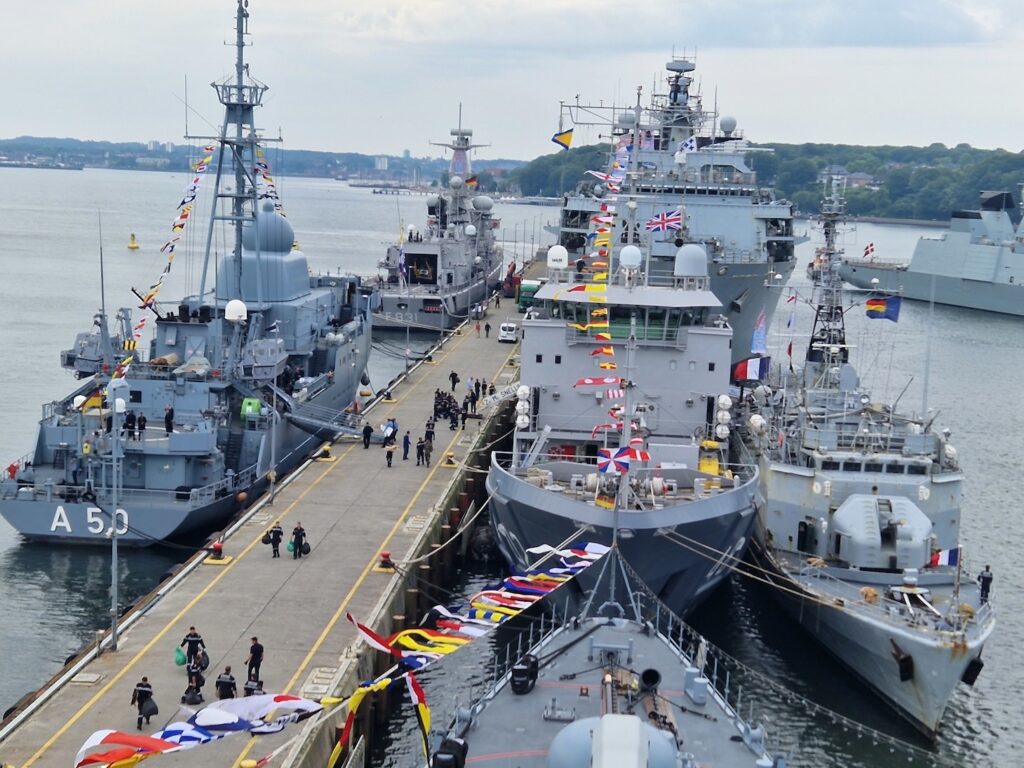
Release from U.S. Sixth Fleet & Naval Striking and Support Forces NATO Public Affairs
*****
June 16, 2023
KIEL, Germany – Nineteen NATO Allies and one NATO partner nation, Sweden, concluded the 52nd iteration of exercise Baltic Operations 2023 (BALTOPS 23) in Kiel, Germany, June 16, 2023.
During their time in port, participants will pause to reflect on the accomplishments and bonds forged throughout the 13-day Baltic regional exercise involving 50 ships, over 45 aircraft, and 6,000 personnel.
While addressing BALTOPS 23 participants and media in Kiel, Vice Adm. Thomas Ishee, Commander of Naval Striking and Support Forces NATO (STRIKFORNATO) and U.S. Sixth Fleet, spoke to the dynamic and critically important milestones achieved during BALTOPS 23.
“After two weeks of intense, combined operations across the Baltic region, we have grown as a team by operating as a team,” said Ishee. “BALTOPS 23 has lived up to its intent by validating our collective defense capability, proving that NATO’s maritime readiness is stronger than ever. Our strength is built on the mutual trust between Allies and Partners developed in operations, activities, and exercises such as BALTOPS 23. The seamless interoperability demonstrated over the last two weeks proves that NATO is ready to deter and defend, if necessary.”
Participating nations include Belgium, Canada, Denmark, Estonia, Finland, France, Germany, Italy, Latvia, Lithuania, the Netherlands, Norway, Poland, Portugal, Romania, Spain, Sweden, Türkiye, the United Kingdom, and the United States.
These nations, working alongside each other not only at-sea and across the Baltic Region but also at the STRIKFORNATO headquarters in Oeiras, Portugal, collaborated to deliver a realistic training scenario designed to test the flexibility, adaptability, and capabilities of the participating combined forces.
The milestones represented by BALTOPS 23 were significant. While Finland has routinely participated in previous iterations of BALTOPS, this year marked the first time Finland joined the exercise as a NATO Ally. Additionally, BALTOPS 23 incorporated new ways of working cooperatively with civilian merchant mariners to ensure NATO’s maritime cooperation adroitness with international stakeholders.
“Preserving freedom of navigation and protecting trade in the Baltic Sea remains central to the defense of Europe and to preserving our way of life,” said Ishee. “The opportunity to exercise the important role of the NATO Shipping Centre as our principal connection with maritime industry has yet again brought context and additional challenges for the preparation of our warfighters at sea in a complex and potentially contested environment.”
As the exercise culminated on June 14th, Germany celebrated the 175th anniversary of its Navy. An important ally within both BALTOPS and NATO, Germany significantly contributed to this year’s success. NATO’s Standing NATO Maritime Group One (SNMG-1), led by Rear Adm. Thorsten Marx, hosted German Chancellor Olaf Scholz aboard the German frigate Mecklenburg-Vorpommern (F218), highlighting the international scope of BALTOPS 23 and the complex NATO defensive capabilities it brings to all participating nations.
On land, international teams conducted explosive ordnance disposal training, sharing tactics and national capabilities in bomb-disposal and remote-controlled explosive defusing. Simultaneously, on shore, U.S., British, Romanian, Italian, Polish and Lithuanian forces conducted combined amphibious-landing operations across Latvia, Lithuania and Poland. Separately, land and sea-based mine countermeasure ships and teams honed their skills by conducting real world unexploded historical mine clearance from wars past, continuing to use BALTOPS 23 as both a training opportunity while also clearing real dangers from the Baltic Sea.
During the exercise at-sea, ships conducted tactical maneuvering drills, anti-submarine warfare training, gunnery and small caliber live fire events, mine countermeasures operations, and air defense exercises. Notable participants included the Swedish submarine HSwMS Uppland (Upd), the U.K.’s HMS Albion (L 14) landing platform dock (LPD), the Italian Navy ITS San Marco, and aircraft from other nations including, Poland, Portugal, Türkiye, and the United States.
One of this year’s major milestones was the incorporation and effective usage of Unmanned Surface and Underwater Vehicles (USV/UUV). Like previous iterations, UUV’s were deployed throughout the Baltic Sea to test and evaluate the latest advancements in mine hunting technology and sea-floor mapping. The deployment of UUV’s demonstrated their effectiveness at creating a comprehensive under-sea picture and enhance operational capabilities of NATO mine countermeasure teams. The USV, deployed for the first time in BALTOPS, also conducted joint personnel recovery exercises. Teams utilized the USV’s for patient transport between ships, as well as direct recovery and rescue operations at-sea.
While operating in one of the most dynamic waterways in the world, training in BALTOPS 23 incorporated additional areas of focus. Representatives from the U.S. Space Force and other national space agencies evaluated combatant-commanders’ decision-making skills when presented with unique space-domain obstacles. Simulating complications like solar flares and adversary space-domain actions, commanders were tasked with responding to jamming, space weather, and GPS accuracy.
Though still prioritizing the training inherent in BALTOPS 23, as well as the dynamic challenges of maritime navigation, the exercise recognized the importance of pastoral and spiritual support strategies. These strategies, augmented by a combined team of chaplains from multiple participating nations, were executed to strengthen participants’ decision-making abilities during crucial moments. The successful integration of chaplain support within the intricate maritime environment demonstrated the Alliance’s capacity to overcome obstacles and limitations, regardless of the warfighting domain it operates within.
Looking towards the future, preparations have already begun for next year’s exercise, which will take into account the valuable lessons gleaned from BALTOPS 23 and aim to expand upon its achievements in BALTOPS 24.
STRIKFORNATO, headquartered at Oeiras, Portugal, is a rapidly deployable and scalable headquarters, under the operational command of SACEUR, capable of planning and executing full spectrum joint maritime operations including maritime Ballistic Missile Defence, primarily through integration of U.S. and other nations’ carrier and amphibious forces into NATO operations to provide assurance, deterrence, and collective defence for the Alliance.
Headquartered in Naples, Italy, NAVEUR-NAVAF operates U.S. naval forces in the U.S. European Command (USEUCOM) and U.S. Africa Command (USAFRICOM) areas of responsibility. U.S. Sixth Fleet is permanently assigned to NAVEUR-NAVAF, and employs maritime forces through the full spectrum of joint and naval operations.
